Are you curious about developing a minimum viable product but unsure what it is and how one can go about it? Here is a complete guide to MVPs and some of the most successful minimum viable product examples. Read ahead to understand the basics and then move to how one can design an MVP and some examples of MVPs we all use daily. We will also discuss some agile MVP examples.
What is a Minimum Viable Product?
A minimum viable product or an MVP is a product that has sufficient features to attract customers early and validate an agile product idea in the early stages of a product management cycle.
Or an MVP is a new product that helps an organization or an individual collect maximum information about the customers with little to no effort. A simple example of an MVP is a mobile application that lets the customer place orders by selecting dishes of the customer's choice from a collection of restaurants.
What is the Use of a Minimum Viable Product?
A minimum viable product can be helpful to an organization or an individual in the following ways:
1. Analyzing:
Analyzing the needs, requirements, and pain points of the users before launching the product and also analyzing what aligns with the company's targets.
2. Testing:
Assessing the willingness of the customers whether or not they can pay a particular amount of money for the product and if the product satisfies their expectations. If not, we can use the feedback to improve the product.
3. Releasing:
Releasing a developed MVP into the market as fast as possible.
Also, Read: Flutter For MVP Development - Why Is It The Best Choice?
How to Make a Minimum Viable Product?
To make a minimum viable product, there are a few steps that one must follow so that the product comes out to be successful. The three steps are:
1. Decide:
It is a crucial step that plans the entire design process roadmap. Deciding on the features of the product, the customers' requirements and the needs of the customers help us get a clear idea of how we can develop the product successfully.
2. Choose:
After it has been decided what all features are to be implemented in the product, wisely choosing the right tools and approach is the next step. Keeping your skills, experience, and comfort level is a must when choosing it.
3. Launch:
The final step to designing an MVP is launching the product and enabling the users to use it. Taking timely feedback for the same would help get an insight into the areas of improvement. Which can be worked on to improvise the product and align it with the needs of the customer.
What are the Features of a Minimum Viable Product?
When designing a minimum viable product, a few parameters must be kept in mind. The following features must be possessed by an MVP:
1. Time:
The MVP must take as little time as possible for the development.
2. Performance:
There must be no compromise with the performance while ensuring little time is taken for the development.
3. Theory:
The product must be such that with few resources, it positively impacts the business, considering all the risks and challenges.
What are the Benefits of a Minimum Viable Product?
MVPs help an individual or an organization benefit in the following ways:
1. Saves:
An MVP helps save time and money. Sometimes building a successful product consumes a vast amount of time, effort, and money. However, building an MVP cuts out the producer's time, money, and effort factor.
2. Attracts:
Sometimes, an idea itself isn’t convincing enough. To attract more investors, the innovator must show customer willingness to pay for the product. An MVP helps attract more investors as the investors see the idea as an action.
3. Develops:
During the early development stages of a product, consumers expect a simple yet effective solution to their problems. An MVP ensures user-centered development.
4. Tests:
Products turn out as failures even after immense efforts and time, not because the product wasn’t designed correctly but because there isn’t much demand. In an MVP, constant user feedback is taken, enabling the developer to understand the demands.
5. Markets:
With less development time, an MVP gets released faster. Unlike other products that take more time for development and hence cannot be released quickly into the market.
What are the Types of Minimum Viable Products?
There are numerous types of Minimum Viable Products. These two MVP types constitute the basic classification which further branches into several other types.
1. High-Fidelity MVPs:
It is comparatively complex and takes more time as well as effort. It has creators come up with an actual solution to the problem rather than just gathering information about the interests of the customer.
2. Low-Fidelity MVPs:
It is an initial step to understanding the problem and analyzing if working on the problem is worth it for the individual or the organization. It consumes much less effort and time and is comparatively simpler.
| Parameter | High-Fidelity MVP | Low-Fidelity MVP |
|---|---|---|
Effort | Requires comparatively more effort | Requires comparatively lesser effort |
Ease of Development | Comparatively difficult to develop | Comparatively easier to develop |
Complexity | Basic or simple and requires little to no development | Complex or difficult, and requires more development |
Time Required | Requires less time | Requires more time |
Resources Needed | Requires lesser resources | Requires more resources |
Aim | To understand the problems, needs and requirements of the customers, to find effective solutions to them. | To assess the willingness of customers to pay a particular amount for the product. |
Objectives |
|
|
Examples |
|
|
Also, Read: How to build a SaaS product from scratch?
What Are The Examples of Minimum Viable Products?
Here are the 10 best minimum viable product examples we use in our daily lives:
1. Amazon:
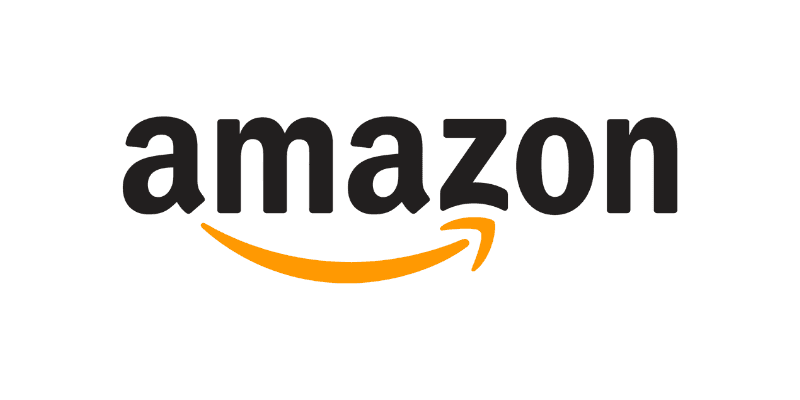
Amazon’s founder wanted to make everything available to shop online. But back then, nobody trusted that. So to implement the idea into action, he came up with a simple website for selling books. He then started to add other services to it as the website became popular.
2. Airbnb:
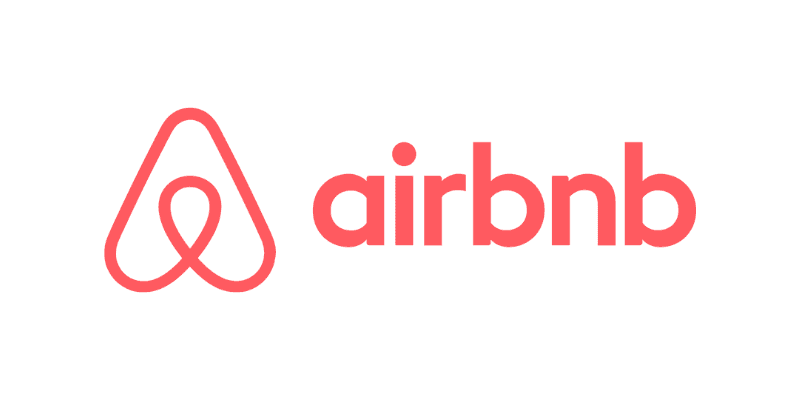
The now renowned website was earlier just an idea with its owners struggling with money. The owners didn't have enough money and used their apartments to substantiate their idea. They started by creating a basic website with pictures and details of their property.
3. DropBox:
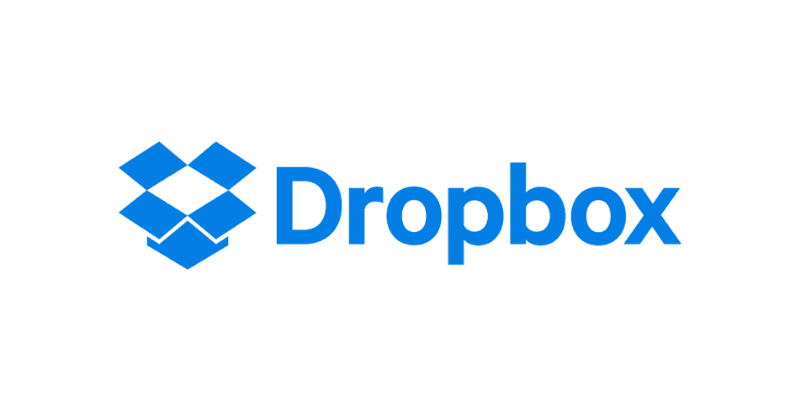
The founder of DropBox initially struggled with raising the investment for the idea of the website. He needed a platform for demonstration. He then came up with the idea of creating an MVP in the form of a video.
4. DoorDash:
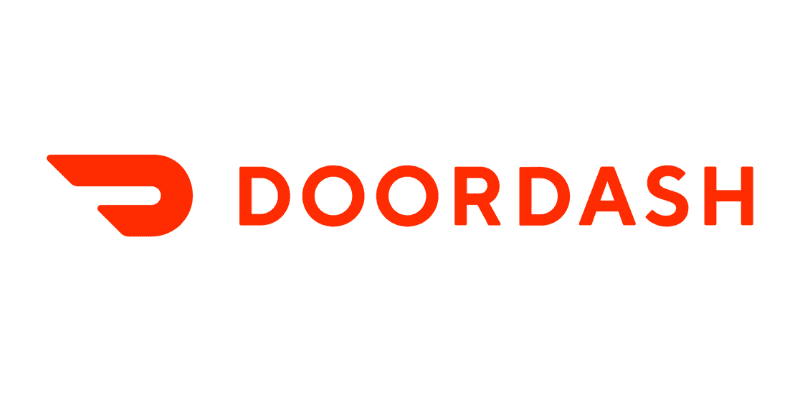
All the credit for the application DoorDash gaining recognition goes to the idea a lady named Chloe gave to its founders. It all started with the thought of providing delivery as a service. That is how DoorDash came into existence.
5. Facebook:
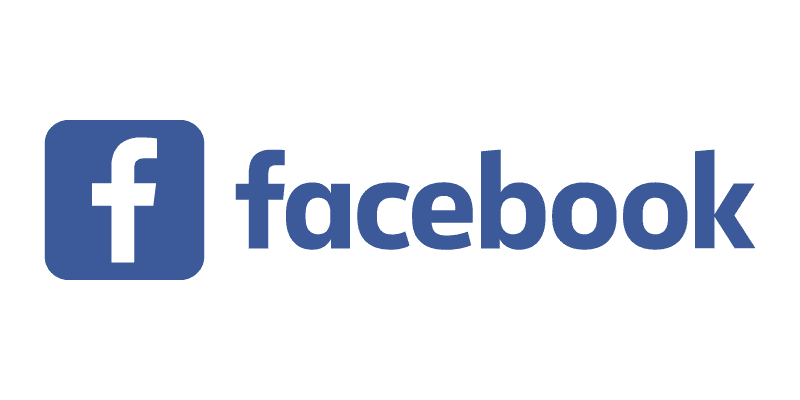
The founder of Facebook had an idea to help students from all over the world connect and post messages to their profiles. This idea was converted into action when the founder created a simple website that was easy to use and available to everyone.
6. Instagram:
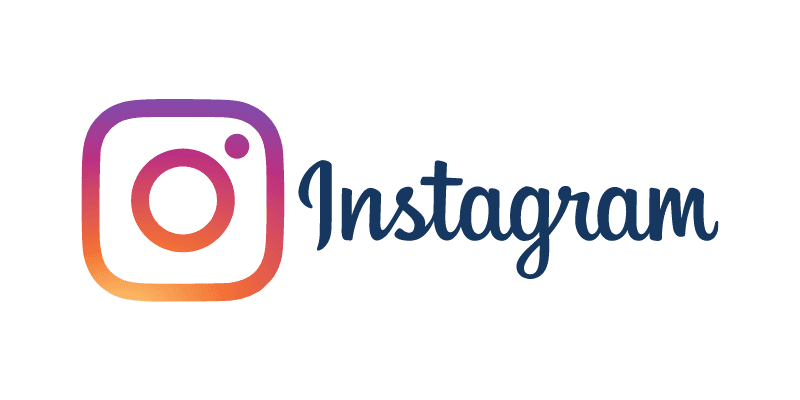
Instagram is an application that almost everyone uses. But, earlier, the founder of Instagram just wanted to test and know the market's needs, so he came up with a simple picture-sharing application. The MVP grew so popular that new features got added for the users' needs.
7. Spotify:
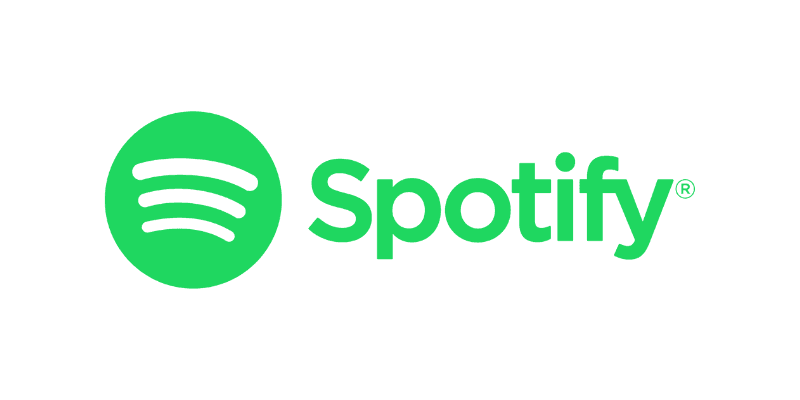
The founders of Spotify came up with the idea of earning money through people listening to music. But, music was available for free on various websites. So, they came up with an application that lets the users listen to music for free and generate revenue through its ads.
8. Twitter:
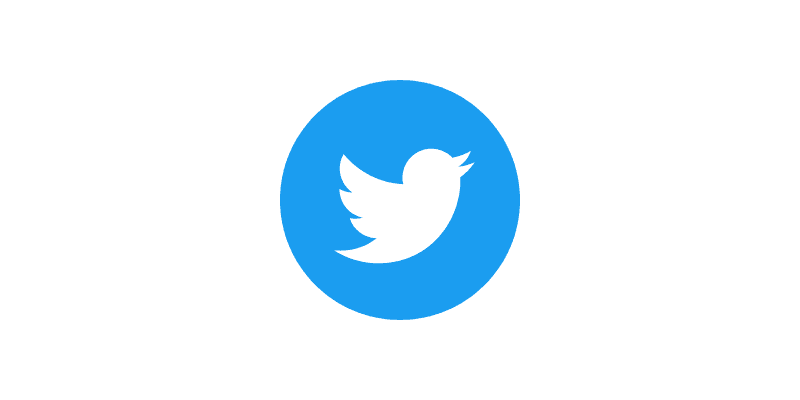
Twitter is another social media application based on MVP. It was a simple messaging (SMS) application created for internal use so employees could talk to each other. After being successful internally, Twitter was made public for use.
9. Uber:
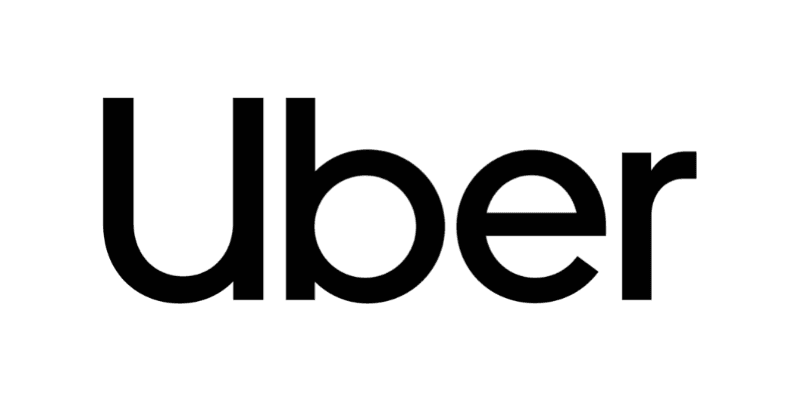
The founder of Uber had an idea of making the drivers willing to take passengers at an affordable price connect with the people wanting to take a ride. He implemented his idea by creating a simple application matching drivers with passengers.
10. Zappos:
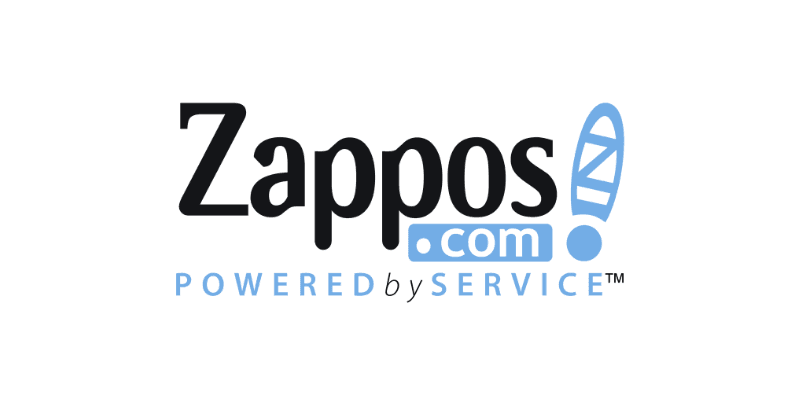
The founder of Zappos came up with the idea of selling shoes online. He turned this idea into action by building a simple website called “shoesite.com”, where he posted pictures of the shoes he wanted to sell.
Also, Read: New Product Development Process: 7 Stages For Success
Conclusion:
In this blog, we have discussed the top minimum viable product examples, MVP types etc. An MVP is an ideal approach for an individual or an organization that aims for a successful launching of the product. Minimum viable product samples help reduce the time, effort, and cost required for designing a product. It helps in faster marketing and accessible attraction of investors.
In case of failures, the loss wouldn’t be much, as an MVP is a short time. An MVP is better than a product that has been worked on for years and consumed lots of money for development but failed due to a lack of demand.
SoluteLabs is a design and development agency catering to startups and enterprises across the globe. If you or your organization is looking for some help in MVP development, talk to our experts for your MVP development needs. Contact us for IT consulting services.








